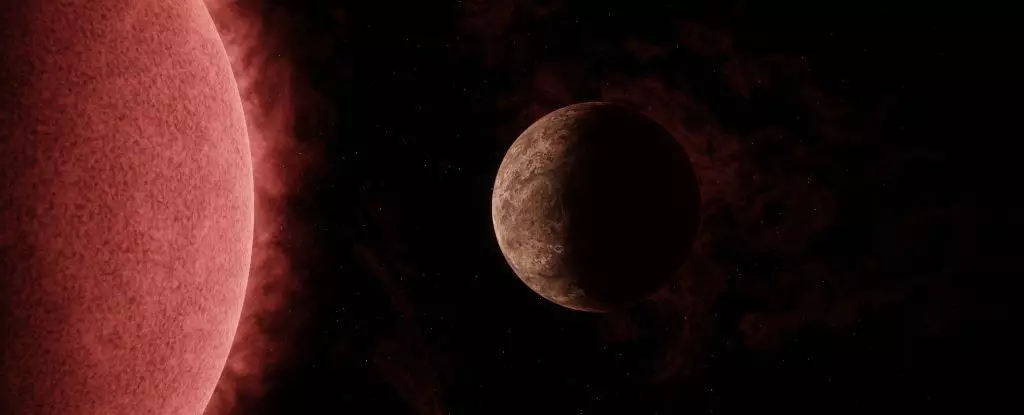The universe is a vast and varied place, filled with an incredible array of stars and planets. From stable yellow-white stars like our Sun to massive, short-lived behemoths, and small, dim red dwarfs, there is no shortage of diversity out there. At the far end of the spectrum are ultracool dwarfs, tiny stellar pixies just a little bigger than Jupiter and barely warm by star standards. It is around one of these ultracool dwarfs that astronomers have recently discovered a brand new exoplanet, an Earth-sized world named SPECULOOS-3b.
SPECULOOS-3b is an Earth-sized exoplanet in close orbit with an ultracool dwarf star named SPECULOOS-3, located a mere 55 light-years from the Sun. This exoplanet, with a year lasting just 17 hours, orbits its star at an incredibly close distance, resulting in eternal days and nights. The planet is believed to be tidally locked, with one side always facing the star, similar to the relationship between the Moon and Earth.
Ultracool dwarfs are challenging to study due to their small size, cool temperatures, and dimness. This makes them elusive targets for observation, requiring specialized techniques and projects like SPECULOOS. The SPECULOOS project, also known as the Search for habitable Planets EClipsing ULtra-cOOl Stars, aims to detect Earth-like exoplanets orbiting these tiny stars. SPECULOOS-3b was detected using the transit method, which observes faint dips in the star’s light as the exoplanet passes in front of it.
The ultracool dwarf star SPECULOOS-3 is only 12.3 percent of the Sun’s radius and 10 percent of its mass, making it incredibly small and dim. While the exoplanet SPECULOOS-3b has a radius slightly smaller than Earth, its mass remains unknown, preventing definitive conclusions about its composition. However, based on its size and proximity to the star, researchers speculate that SPECULOOS-3b is likely a dense rocky world.
Despite its Earth-like size, SPECULOOS-3b is unlikely to be habitable due to its close proximity to the active ultracool dwarf star. The star emits harsh radiation, almost 16 times the level of solar radiation received on Earth, making the exoplanet a harsh and rocky world. While the lack of atmosphere may limit habitability, it offers unique opportunities for scientific study and understanding of ultracool dwarf stars and their planets.
New Horizons for Exoplanet Research
The discovery of SPECULOOS-3b adds to the growing body of knowledge about exoplanets orbiting ultracool dwarf stars. Other notable systems, such as TRAPPIST-1 with its seven exoplanets, further demonstrate the diversity of planetary systems in the universe. The success of the SPECULOOS project in detecting SPECULOOS-3b highlights the effectiveness of specialized telescope networks in exoplanet research. Moving forward, researchers aim to utilize advanced tools like the James Webb Space Telescope (JWST) to uncover more information about these strange and fascinating worlds, including their mass, density, and mineral composition.


Leave a Reply